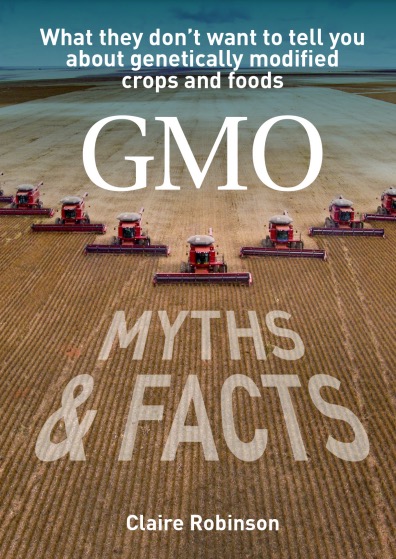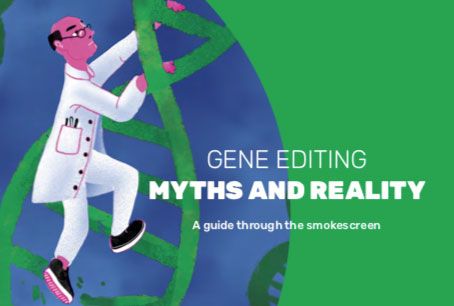This paper is interesting for 2 reasons.
Firstly, the researchers, although they hedge this fact around very carefully, found that Bt-corn residues in the soil had a statistically significant negative effect on the life history of the earthworm in terms of cocoon hatchability.
Secondly, this research evidence is only now starting to emerge from initial research even though as the authors note in their Abstract: "Vast areas of agricultural soils worldwide are grown with transgenic Bt-corn. With such widespread use of Bt-corn, it is important to evaluate the potential risks of Bt-protein to non-target organisms in agro-ecosystems such as earthworms."
---
Can Bacillus thuringiensis (Bt) corn residues and Bt-corn plants affect life-history traits in the earthworm Aporrectodea caliginosa?
Applied Soil Ecology (Volume 32, Issue 2), 21.jun.06 [via Agnet]
Maria Laura Vercesi, Paul Henning Krogh and Martin Holmstrup National Environmental Research Institute, Department of Terrestrial Ecology, P.O. Box 314, Vejlsøvej 25, DK-8600 Silkeborg, Denmark
http://www.sciencedirect.com/science?_ob=ArticleURL&_udi=B6T4B-4GX0C6X-1&_coverDate=06%2F30%2F2006&_alid=416099271&_rdoc=1&_fmt=&_orig=search&_qd=1&_cdi=4970&_sort=d&view=c&_acct=C000051237&_version=1&_urlVersion=0&_userid=1067211&md5=471c13f73894e8a91d7a
Abstract
Bt-corn is genetically engineered to express proteins from the common soil bacterium Bacillus thuringiensis which presents specific toxicity to targeted insect pests. One type of Bt-corn expresses the Cry1Ab protein that provides protection against certain lepidopteran pests, mainly the European corn borer (Ostrinia nubilalis) and the Mediterranean stalk borer (Sesamia nonagroides). Vast areas of agricultural soils worldwide are grown with transgenic Bt-corn. With such widespread use of Bt-corn, it is important to evaluate the potential risks of Bt-protein to non-target organisms in agro-ecosystems such as earthworms. In this study, we investigated the effects of Bt-corn on important life-history traits (survival, reproduction and growth) of the earthworm Aporrectodea caliginosa under various experimental conditions. Finely ground Bt-corn leaves added to soil had no deleterious effects on survival, growth, development or reproduction in A. caliginosa, even in high concentrations that could be considered as a worst-case scenario. Also, growth of juvenile A. caliginosa was unaffected when worms were kept in pots with a growing Bt-corn plant. Only when considering cocoon hatchability did we see a slight, but statistically significant, negative effect of Bt-corn residues. The implications of these results for risk assessment of Bt-corn are discussed.
Received 9 February 2005; revised 4 July 2005; accepted 6 July 2005. Available online 18 August 2005.









